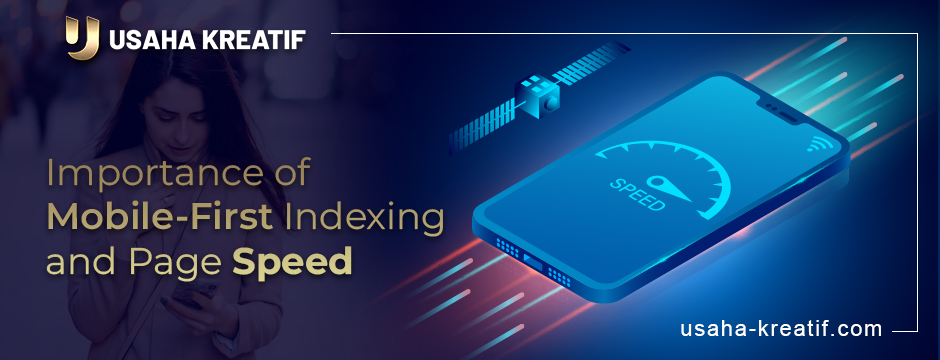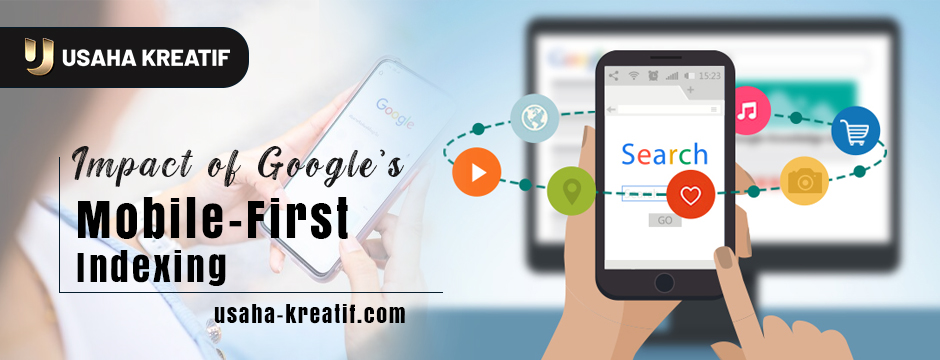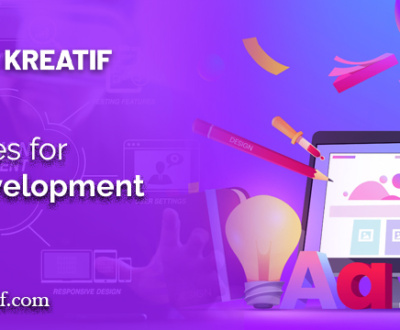The Increasing Importance of Mobile-First Indexing and Page Speed
- February 22, 2023
- Search Engine Optimization

We’ve heard much about mobile-first indexing and how Google has begun prioritizing mobile versions of websites. This post will help you understand more about this topic.
What is Mobile-First Indexing?
Mobile-first indexing means that Google ranks and indexes a website’s content based on its mobile version. On July 1, 2019, all websites received mobile-first indexing. Before this, Google ranked and indexed a page’s content based on its desktop version. Mobile-first indexing was implemented because mobile users have risen dramatically compared to desktop users. Google now crawls and indexes your website using a smartphone agent.

What impact does Google’s mobile-first indexing have on different versions of websites?
If you have a responsive website, Google will crawl the mobile version to collect content and index the site later. In this case, the important thing to remember is that the website should be responsive on both desktop and mobile devices.
Suppose you have desktop and mobile versions of your website, such as example.com and m.example.com. In that case, Google will consider the mobile version the primary one and will crawl it to index your website following the update of the mobile-first index search algorithm.
- Make certain that Google can access and render your content.
Google strongly advises mobile websites to use the same meta robots tags as the desktop version. It will assist you in ensuring that Google can render your content easily. It helps avoid any lazy loading of web pages or content. It is due to Google’s inability to load content dependent on user interactions.
- Ensure that the content on mobile and desktop is the same.
Having the same primary content on both mobile and desktop sites is critical. Designs for mobile devices can have a variety of layouts. However, ensure that the content is the same on desktop and mobile versions to ensure consistency for search engine algorithms. Because mobile-first indexing is how your website is indexed, consistency is critical.
- Scrutinize Structured Data
If you have structured data on your website, make sure it is visible on mobile and desktop versions. You can prioritize or select the structured data you want on your mobile site, such as VideoObject, Breadcrumb, or Product. Also, ensure that the URLs in your structured data are properly updated to correspond with mobile URLs.
Improve the speed of mobile pages
Users will leave your website if it takes too long to load. Site speed is still one of the most important ranking factors for mobile websites. When running an SEO Campaign service in Malaysia, it is crucial to optimize for the speed of mobile pages as it can significantly impact search engine rankings and user experience. You can use SEMRush and Ahrefs site audit tools to analyze and improve your site’s loading speed.
Tracking mobile errors
You must constantly monitor the Search Console for any Google mobile-first indexing errors. Resolve any mobile errors as soon as possible so they do not harm your website’s SEO. To keep an eye on this, check the Search Console’s Core Web Vitals reports regularly.
Examine Your Visual Content
- Examine Images
Check that your mobile website adheres to the best image practices. Consider the following points:
- Use only high-resolution images.
- Check that you’re using the image types that are supported. Google can support file formats such as SVG and PNG.
- Check that the alt text on the images is consistent between the desktop and mobile versions of the website.
- View Videos
Check the following items for your mobile video website:
- Don’t use constantly changing URLs for videos that change with each page reload. It makes it difficult for Google to identify and index your videos.
- Check that the structured data for videos is consistent across desktop and mobile versions.
- On the mobile version, place the video in an easily accessible location. If users can locate the video quickly, the video’s ranking may improve.
If you have a separate mobile version of your website, here are a few best practices to follow following the Google mobile-first index update:
- Content
Because the Google bot will crawl the mobile version first, it is recommended that you double-check the content on your desktop and mobile sites.
- Data Structured
Examine the presence of structured data on both website versions.
- Metadata
Ensure that your site’s titles and meta descriptions are consistent across both versions.
- txt
If necessary, update the robots.txt files for both versions of the website.
- Hreflang
Check whether hreflang is correctly implemented on your website’s mobile and desktop versions.
- Canonical
Check that the rel=canonical and rel=alternate link elements are present in the mobile and desktop versions.
Google’s Mobile-First Indexing Updates
Google released the Page Experience update. It includes new measurement signals for how users experience and perceive websites. This update prioritized page loading speed, interactivity, and visual stability. These are also referred to as Core Web Vitals.
This update introduces a significant overlap between mobile-first indexing and Core Web Vitals, as both assess how well pages perform on mobile devices. Google recommends using Google PageSpeed Insights to assess Core Web Vitals to improve your website’s mobile friendliness and speed. Other tools, such as WebPageTest and GTMetrix, can also be used.
In a Mobile-First Index, What Is Relevance?
Google’s emphasis on user intent completely alters what the phrase “relevant content” means, particularly in a mobile-first index.
People search for different things on different devices. The mobile index stays the same as what will be ranked. User intent for search queries changes, sometimes due to Google’s ability to better understand that intent.
Some of those core algorithm updates may involve changes to how Google understands what satisfies users. Do you know how SEOs are concerned with click-through data? They’re overlooking an important metric. Digital marketing specialists should prioritize optimizing their clients’ websites for Mobile-First Index to ensure that their content is optimized for mobile devices, as it has become a critical ranking factor in search engines.
CTR is not the only metric available to search engines. Does CTR completely reflect what’s happening in a mobile-first index? How can Google tell if a SERP solved a user’s problem if the user doesn’t click through? It is where a metric akin to Viewport Time comes into play. Search engines have used Viewport Time variations to understand mobile users better.
Nonetheless, the SEO industry is still wringing its hands over CTR.
Following the announcement of the mobile-first index, it is encouraging to see the web shift from a focus on desktop sites to one that is mobile-friendly.









